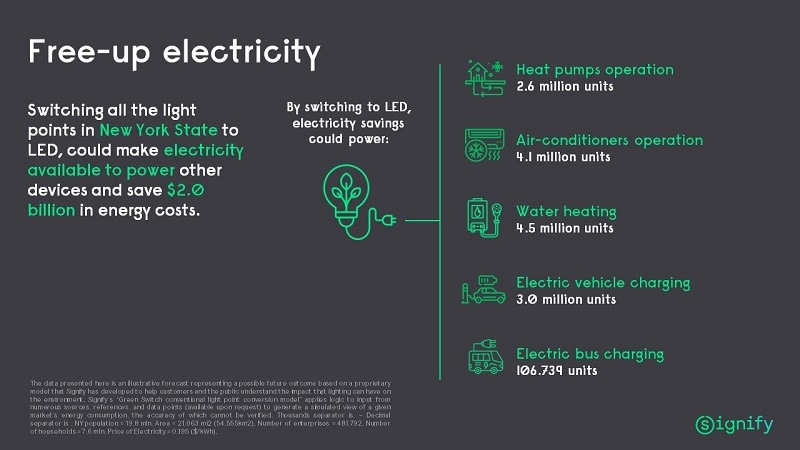September 19, 2023
Opportunity and action are on the agenda at Climate Week NYC
September 19, 2023
Opportunity and action are on the agenda at Climate Week NYC
Climate Week NYC, an annual summit that takes place alongside the UN General Assembly kicked off this week, with an important theme: “We Can. We Will.”
For several years, scientists, associations and businesses have been stating that the technologies to bend the curve on global emissions and global warming are available. This year’s weather anomalies have shown more clearly than ever the stark reality of climate change. “We Can. We Will.” is an urgent call to focus on solutions and actions rather than problems and complexities.
While greenhouse gas reduction targets and regulatory frameworks are set at global and national levels, the transition to energy efficiency can take root at the state and municipal levels.
“The solutions to the current crisis are well-known and need to be rapidly scaled up. Clean electricity will be the backbone of the net-zero economy, enabling us to electrify almost everything which currently emits carbon,” explains Alice Steenland, Chief Strategy and Sustainability Officer at Signify. “This, combined with energy-saving technologies, will mean we can go much further and faster than we are today. These developments can also help yield additional benefits, from cleaner air to improved living and workspaces.”
Switching traditional light sources to energy-efficient LED or connected LED lighting is one easy area where states and cities can take action to quickly help reduce both emissions and costs. Road and street lighting as well as lighting in offices, schools, warehouses and factories, or other commercial and municipal buildings all present opportunities for upgrades.

“The impact that energy efficiency has made and can make toward climate change mitigation is often overlooked and understated,” explains Paula Glover, President of the Alliance to Save Energy. “Were it not for the energy efficiency investments made since 1980, annual emissions would be nearly 80% higher than what they are currently. Additionally, the IEA estimates that energy efficiency alone can deliver 40% of the emission reductions required by the Paris Agreement.”
But there’s more, says Glover: “The value of energy efficiency goes far beyond reducing carbon emissions—and includes billions of dollars in energy cost savings annually, in addition to adding greater reliability to US energy systems.
Paula Glover
President of the Alliance to Save Energy
There is more positive news. “The IRA and the bipartisan IIJA provided a monumental boost to energy efficiency funding,” said Lisa Jacobson, President of the Business Council for Sustainable Energy. “Notably, the pair of legislation provided US$3.5 billion to weatherize homes in underserved communities and US$8.8 billion for home energy-efficiency rebates, among other energy-efficiency incentives. These incentives are crucial for driving down energy costs for consumers, reducing US carbon emissions and building resilient electrical grids."
When delegates arrive in New York for this year’s week of climate deliberations, they need to keep this year’s theme of “We Can. We Will.” at the top of their minds. We need the world’s largest economy to accelerate rapid and positive change, and not only unlock the potential of energy efficiency but also decisively turn climate action into a race for the net-zero future that we need today and that future generations deserve.
Signify Global Media relations - Professional Lighting
Claire Phillips
Tel: +44 7956 489081
Email: claire.phillips@signify.com
Signify (Euronext: LIGHT) is the world leader in lighting for professionals, consumers and the Internet of Things. Our Philips products, Interact systems and data-enabled services, deliver business value and transform life in homes, buildings and public spaces. In 2023, we had sales of EUR 6.7 billion, approximately 32,000 employees and a presence in over 70 countries. We unlock the extraordinary potential of light for brighter lives and a better world. We have been in the Dow Jones Sustainability World Index since our IPO for seven consecutive years and have achieved the EcoVadis Platinum rating for four consecutive years, placing Signify in the top one percent of companies assessed. News from Signify can be found in the Newsroom, on X, LinkedIn and Instagram. Information for investors is located on the Investor Relations page.
